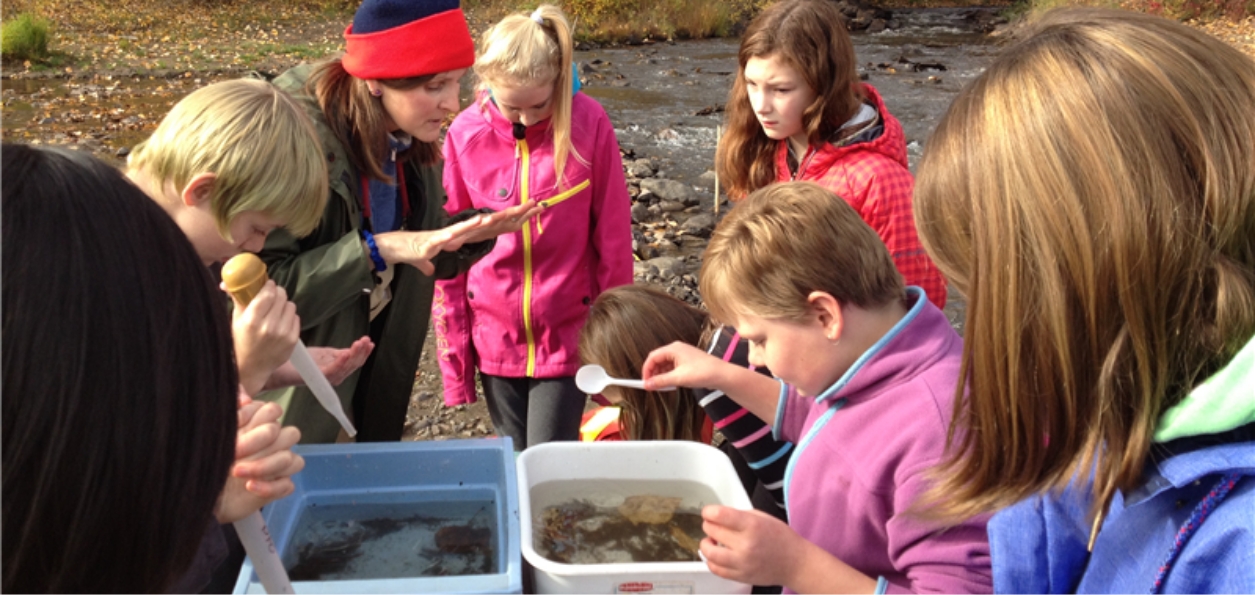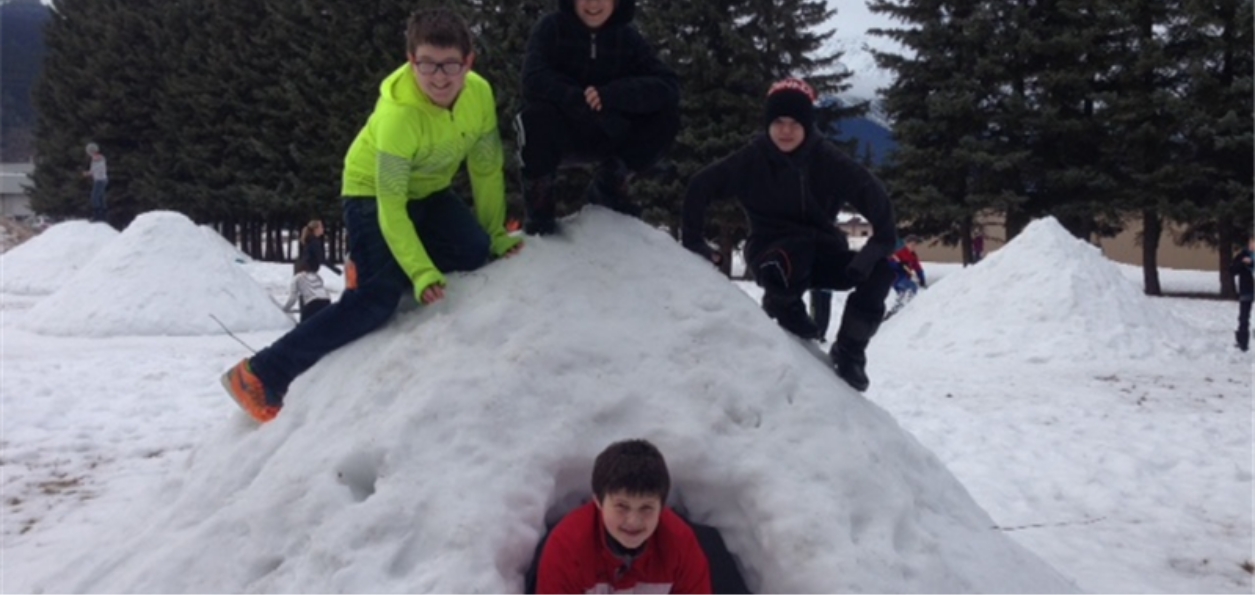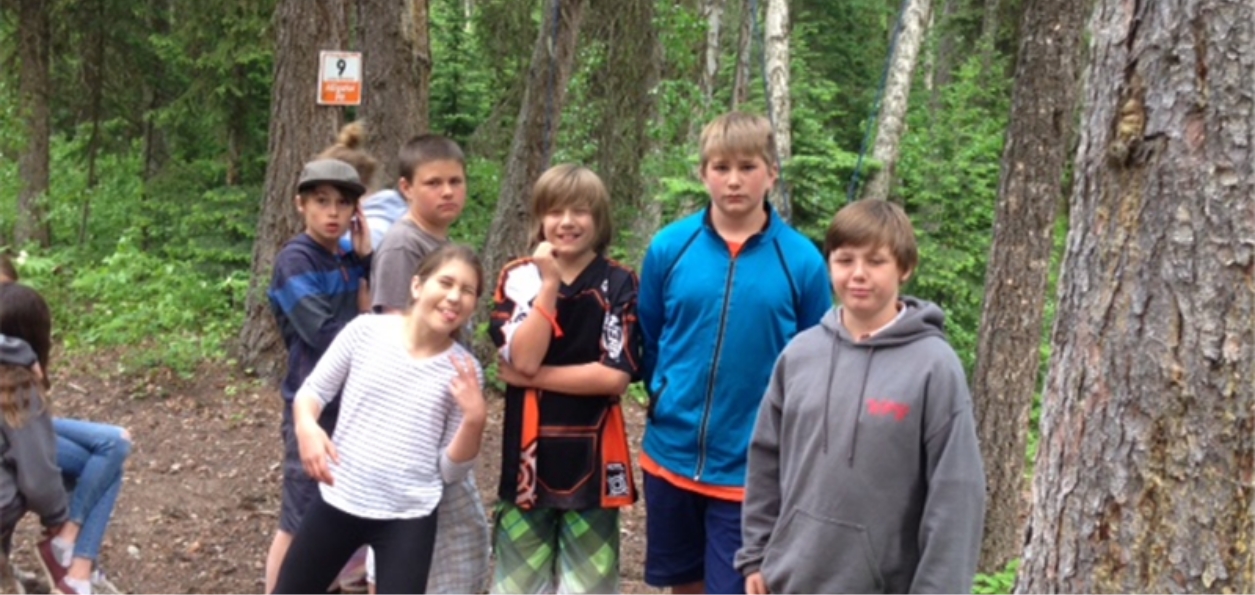Our goal was to plan for 20% of the curriculum to be integrated through the lens of Outdoor Education. This also meant that we would be out of the classroom for about 20% of the time as well. We wanted to look at not only using the outdoors as a way to engage students in their learning but also as a way to engage them physically. Living in the north, we wanted to expose students to physical fitness opportunities connected to the outdoors, especially during the winter months when it can be difficult to engage in physical activity outside. We also believed that as students successfully completed activities in the outdoors, their confidence and self-esteem would increase as well.
In the fall, students integrated Science, Art, Language Arts and PE learning outcomes and addressed the First People’s Principles of Learning by attending a day long Aboriginal Culture Camp led by local Aboriginal leaders, by working with local conservation officers conducting river and wild life assessments, and by hiking and photographing local flora and fauna to create a calendar.
In the winter, students continued with an integrated approach and met a wide variety of learning outcomes using the lens of Outdoor Education. These activities included, downhill skiing, survival skills (making quinzee huts, taking a course in survival swim skills, engaging in rock climbing), participating in Maker Day activities, and exploring trade opportunities related to local resource based industries (forestry, logging, mining; carpentry). Students also connected with the local high school’s outdoor education students to learn outdoor survival skills.
In the spring, students attended a camp where they engaged in a wide variety of outdoor education activities and learned and practiced outdoor skills.


